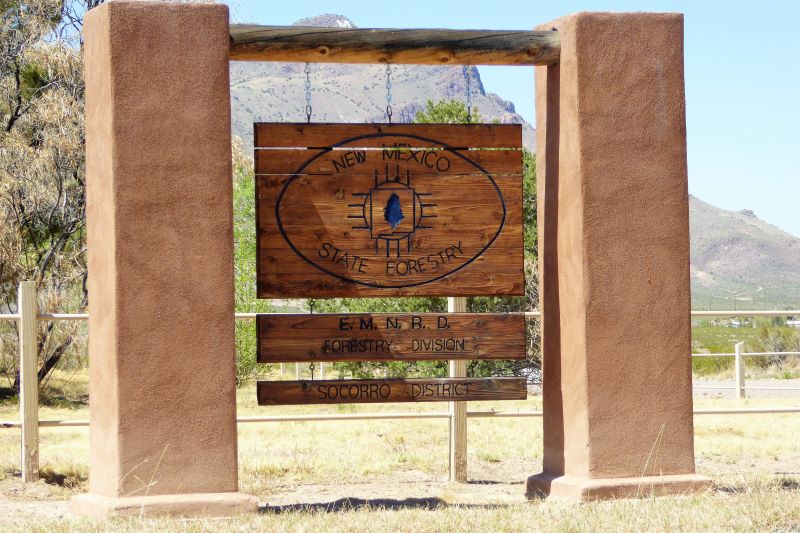
State Forestry, 1701 Enterprise Rd.
John Larson | El Defensor Chieftain
The dry winter and spring combined with strong winds bring wildfire season to many parts of New Mexico already. To help communities throughout the state, the Energy, Minerals, and Natural Resources Department Forestry Division is working with local, state, federal, and tribal partners and non-governmental organizations to bring an April message to New Mexicans for the 2021 wildfire preparedness campaign: Don’t be fooled, prepare for wildfire.
With the increasing fire danger bringing the threat of flames and embers to homes and property, the National Fire Protection Association provides guidance on preparing a Home Ignition Zone. After starting with the home, move into the landscaped portion of your property, or Intermediate Zone. The Intermediate Zone is approximately 5 to 30 feet from the structure, where the objective is to reduce the intensity of the fire through landscaping or “hardscaping.”
- Create breaks in vegetation with driveways, walkways/paths, and patios. When using concrete, stone, gravel or other non-combustible materials, this is known as “hardscaping.”
- Clear vegetation from under large stationary propane tanks.
- Keep lawns and native grasses mowed to a height of four inches.
- Remove ladder fuels (vegetation under trees) so a surface fire cannot reach the crowns. Prune trees up to six to ten feet from the ground; for shorter trees do not exceed 1/3 of the overall tree height.
- Space trees to have a minimum of 18 feet between crowns with the distance increasing with the percentage of slope.
- Tree placement should be planned to ensure the mature canopy is no closer than ten feet to the edge of a structure.
- Tree and shrubs in this zone should be limited to small clusters of a few each to break up the continuity of the vegetation across the landscape.
Preventing ignitions that can lead to wildfires is as important as improving a Home Ignition Zone. Chainsaws, mowers and other equipment can overheat or spark. Using fire to clear acequias or burn debris can be risky in the wrong weather conditions. To prevent causing a fire:
- Ensure your equipment is in good working order.
- Check the weather prior to beginning work. Go to www.weather.gov or watch the local news weather reports to find out if critical fire conditions exist.
- Have the proper tools such as a shovel, fire extinguisher, and water readily available.
- Ensure you have a burn permit, when required, and stay until the fire is out.
Finally, if you are not prepared or the weather conditions will be windy and dry, consider doing the work when the weather poses less of a fire risk. For instance, choose a time of day such as the early morning when temperatures are lower, humidity is higher, and winds are calmer.
The Forestry Division is working with the Santa Fe, Cibola and Carson National Forests, Forest Stewards Guild, Fire Adapted NM, and Bureau of Land Management to build a 2021 wildfire preparedness calendar to share the message across multiple platforms, including social media, webinars, and community events.















